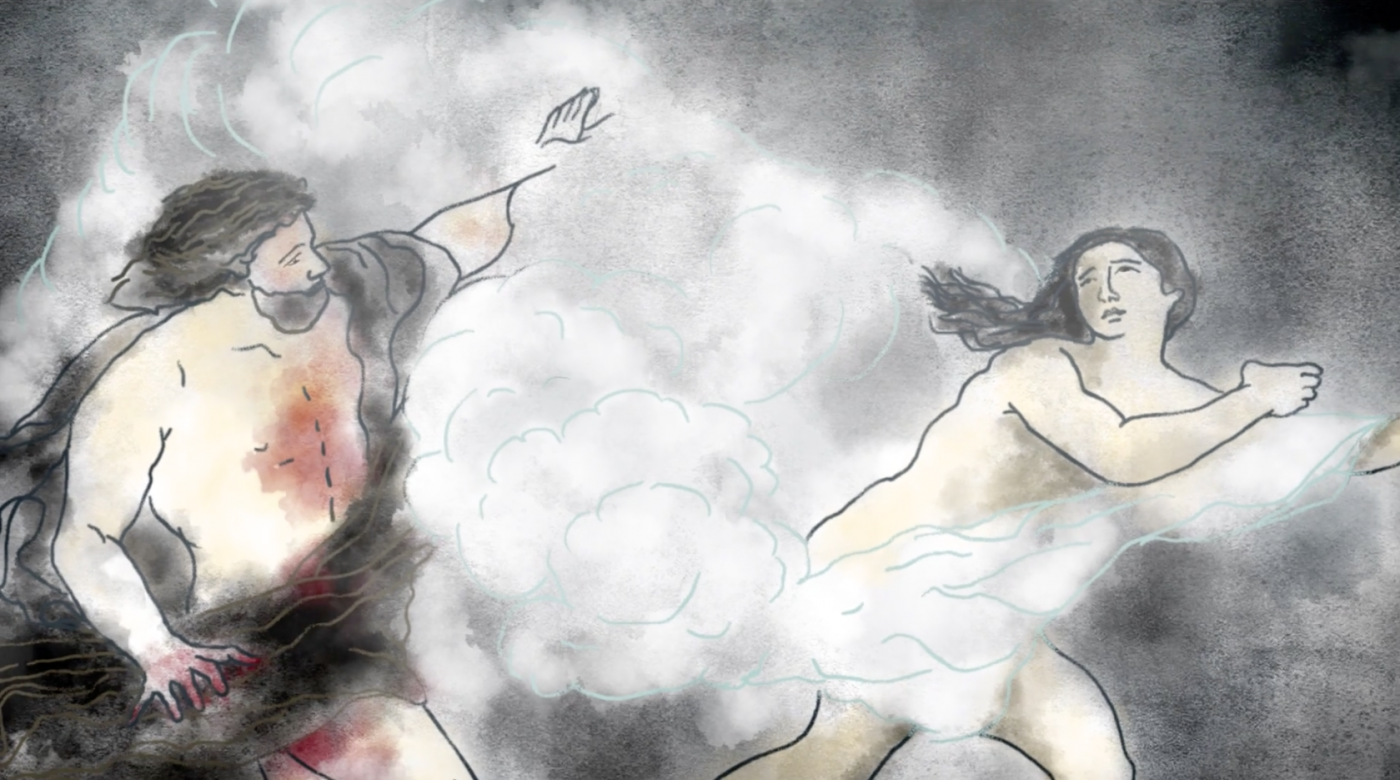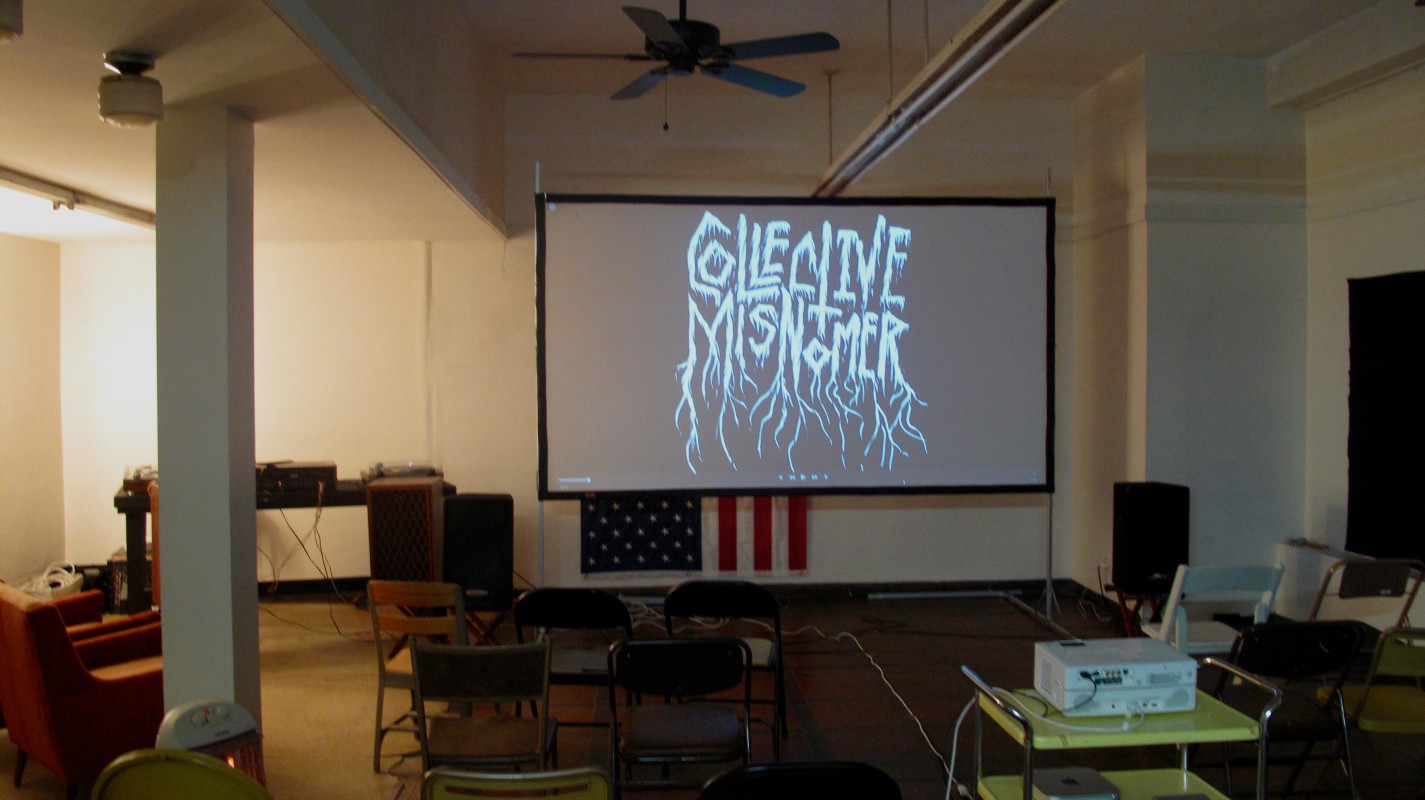The Dikeou Collection is pleased to welcome Collective Misnomer as they present Culture of the Cloaked, which addresses what it means to desire to remove or cover what makes one uncomfortable, or gives the appearance of a delinquent society, and the ramifications that emerge from those desires. This screening will take place on Friday, February 24 at Dikeou Pop-Up: Colfax, 312 E Colfax Ave. Doors open at 7:30 pm. This event is open to the public.
Jesse Irish’s 2016 film, The Phantasmagoria of Offense: the male version, is an animated film lyric on the cost of image suppression. In the “male version” these images are limited to the male body and the cultural anxiety around expressions of vulnerability, homosexual desire or questioning the dominant paradigm. The political ramifications of image suppression during the AIDS crisis in the 1980s is questioned alongside the well-intended requests for “trigger warnings.” If there is a take away message, it is that censorship is not an abstraction. It has a body count.
Jesse Stiles is a musician and new media artist. Stiles short film, What Were You Thinking?, 2016 is “a letter to the artist.” The film was created in response to the reception of his 2010 show entitled “Automatic Speleology” shown at the Warehouse Gallery in Syracuse, New York.
Women’s voices and speech patterns are often criticized. Women’s voices are often perceived as either too loud, too shrill, too babyish, too manly, too feminine, or have too much vocal fry. In Hear My Voice, 2016, Adebukola Bodunrin explores comments left on the internet about women’s voices and the way women’s speech patterns are criticized in an effort to silence them.
A small instance of collateral damage from the recent financial crisis, Paul Turano’s film, Not Clear Cut, 2012, portrays the challenging decision his parents made to harvest 40 acres of 70+ year-old hardwood trees as an attempt to make up for money lost. The poetic visual and auditory approach is one of empathy (for the trees and Paul’s parents), resentment, remorse, and a sense of irrevocable loss.
Trevor Anderson’s film, The Island, 2009, considers, with the help of animation, a piece of fan mail he received.
Artist Matt McCormick’s film, The Subconscious Art of Graffiti Removal,2001, considers “anti-graffiti” campaigns. Emerging from the human psyche and showing characteristics of abstract expressionism, minimalism and Russian constructivism, graffiti removal has secured its place in the history of modern art while being created by artists who are unconscious of their artistic achievements. To McCormick, graffiti removal has subverted the common obstacles blocking creative expression and become one of the more intriguing and important art movements of our time.


